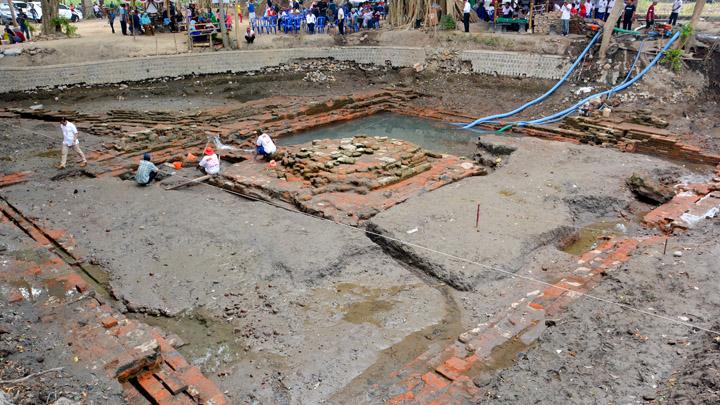
TEMPO.CO, Jakarta - Indonesia`s natural resources offer a great potential for food diversity. But this potential, both in the creative food industry and for public health, is largely untapped. Some, however, are looking into ways to creatively process natural resources, including farmers in the Nipah Panjang village, West Kalimantan, and in the Senayan village, West Nusa Tenggara.
In Nipah Panjang, locals who once earned their income by cutting down mangrove trees are now producing mangrove honey. Meanwhile, villagers in Senayan are processing moringa leaves into a variety of tasty dishes. To commemorate the upcoming National Nutrition and Food Day on January 25, Tempo English reports.
Mangrove Honey Miracle
Locals in Nipah Panjang village, West Kalimantan, are fighting out of an economic slump. Mangrove honey is providing them a means.
January and February are busy months for Ismail, but happy ones as well. During these months, the 40-year-old farmer harvests more mangrove honey compared to in other months, taking home one to three kilograms of honey from his mangrove trees in Nipah Panjang village, West Kalimantan. He then takes the honey to the Usaha Madu Mandiri Cooperative, where he's paid Rp110 thousand per kilogram, much more than brokers used to give him at Rp60-70 thousand per kilogram.
To profit from honey as he does now, Ismail has had to work hard and make careful calculations. First, he stopped using the services of honey brokers. He also had to prepare simple tools for collecting honey: a small knife, a bucket, rope, a safe work outfit, and a posong- a tool made from dried nipa palm leaves used to smoke out bees so that honey can be collected from the hive.
There are usually three to nine beehives per tree. Although he can easily collect plenty of honey, Ismail chooses not to harvest all at once, to preserve honey production. He leaves the head of the beehive so that the bee colony remains. "But the bees that vacate can make new hives," said Ismail.
Because collecting mangrove honey is a feat of bravery, Ismail has a number of tricks up his sleeves, including collecting honey during the day so that not too many bees die. During the wet season, he has to exercise caution as bees tend to be more aggressive and the hives are located at treetops.
Another one of Ismail's tricks is using a tikung, a piece of wood that's placed vertically between tree branches. Besides easing the process of harvesting and marking a tree's ownership, a tikung also encourage bees to build new hives.
Read more inspiring Outreach stories in Tempo English Weekly Magazine























